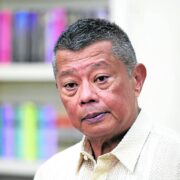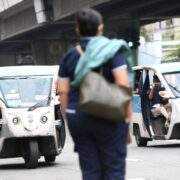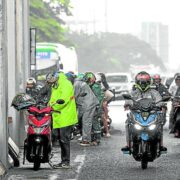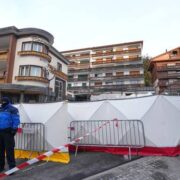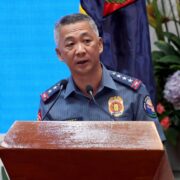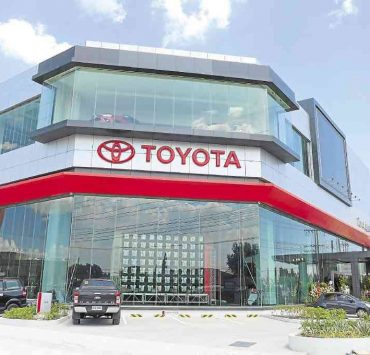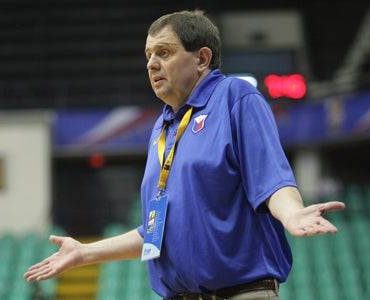‘Se promener’
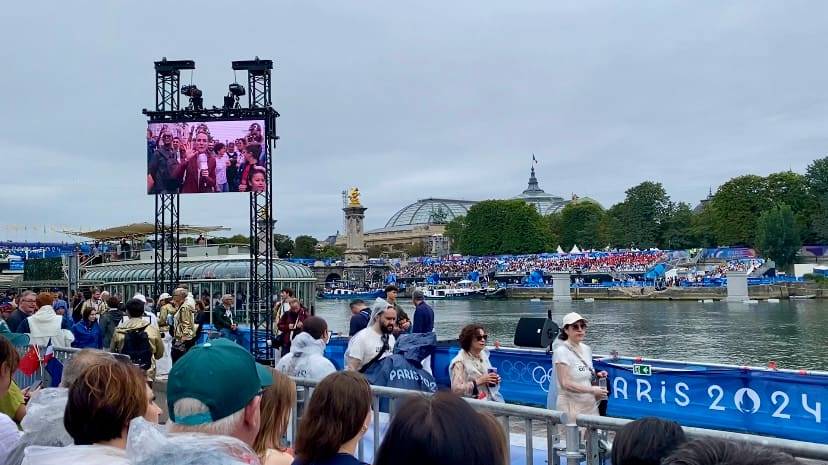
To walk. I truly felt that it was a thing in Paris when I joined the crowds that rainy Friday, July 26, walking to their places at the Seine Olympique along the country’s most famous waterway for the opening ceremonies of the 2024 Paris Olympics—the first Olympics opening I’ve ever been to. I didn’t anticipate that I’d be placing one foot ahead of another for over 2 hours. That should have been an Olympic event all by itself.
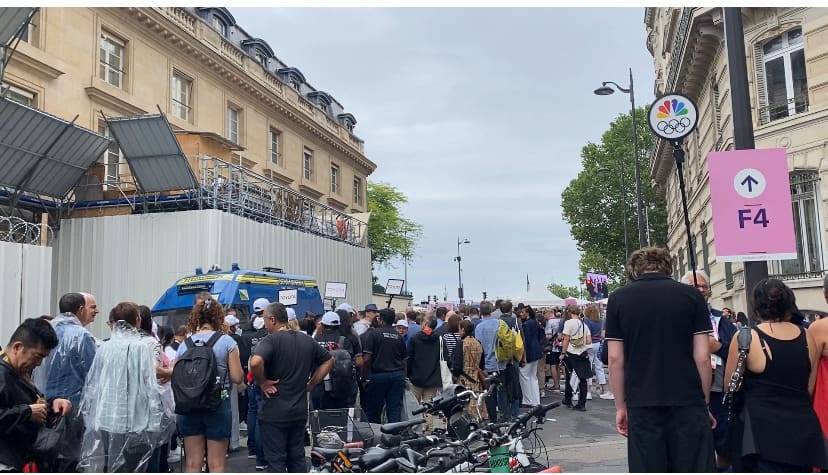
But who was I to complain? “Even the French President walked,” remarked a guide, smiling, as we lined up at the Pullman Paris Tour Eiffel where we had our lunch and early dinner. I was officially part of sporting history now, I thought. Just another human being along with 320,000 others moving forward at 4 kph to watch 6,800 athletes from all over the world parade—in this case, float by on 85 boats—in front of us.
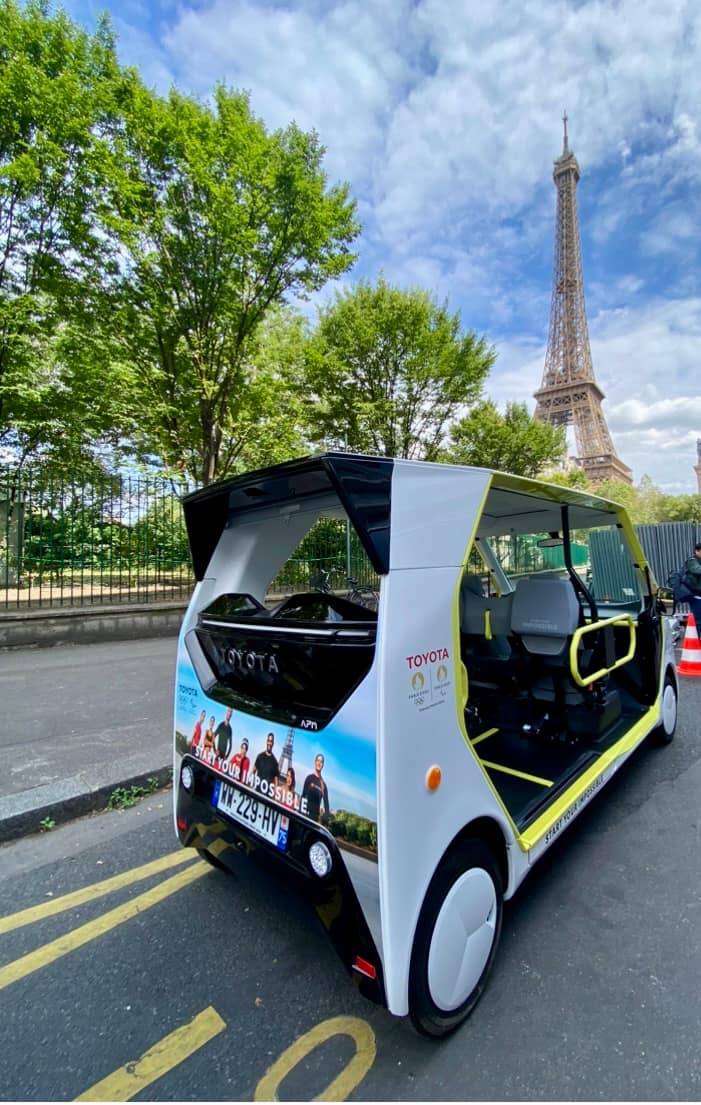
Earlier that day, the city felt deserted and bereft of cars, probably because of the extremely strict security being enforced city-wide as early as June, as several zones had been designated car-free.
While I was having lunch with Toyota Motor Asia GM Jaja Ishibashi, Toyota Motor Philippines VP for Marketing Services Elvin Garcia Luciano, and Singapore-based journalist Ju-Len Leow a few hours before the opening ceremony, a squad of French police ran along the glass rooftop of the bar in Pullman, guns and rifles in hand, looking every bit like a scene from “Mission Impossible.”
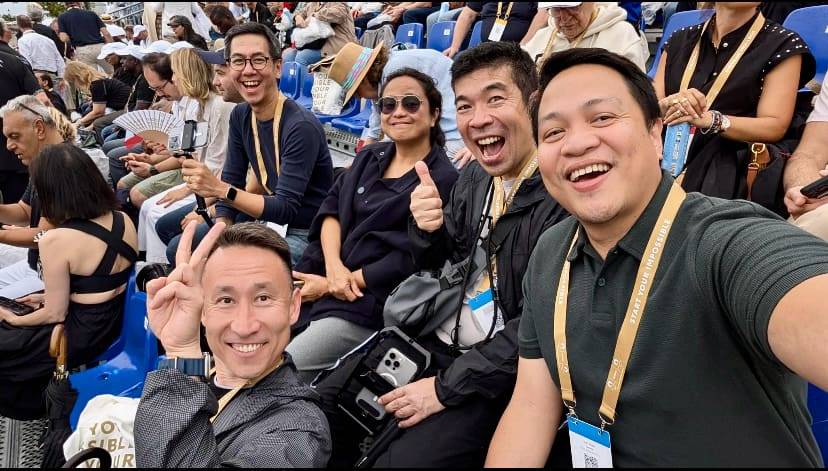
My senses were further heightened as a senior lady from Israel asked if I was aware of the travel disruptions and arson attacks on the city’s rail network. I acted nonchalant, of course, as I held up a copy of the day’s newspaper, telling her that I was looking more for news about the Olympic organizers being truly serious about their commitment to lower the Games’ carbon footprint by serving predominantly plant-based dishes.
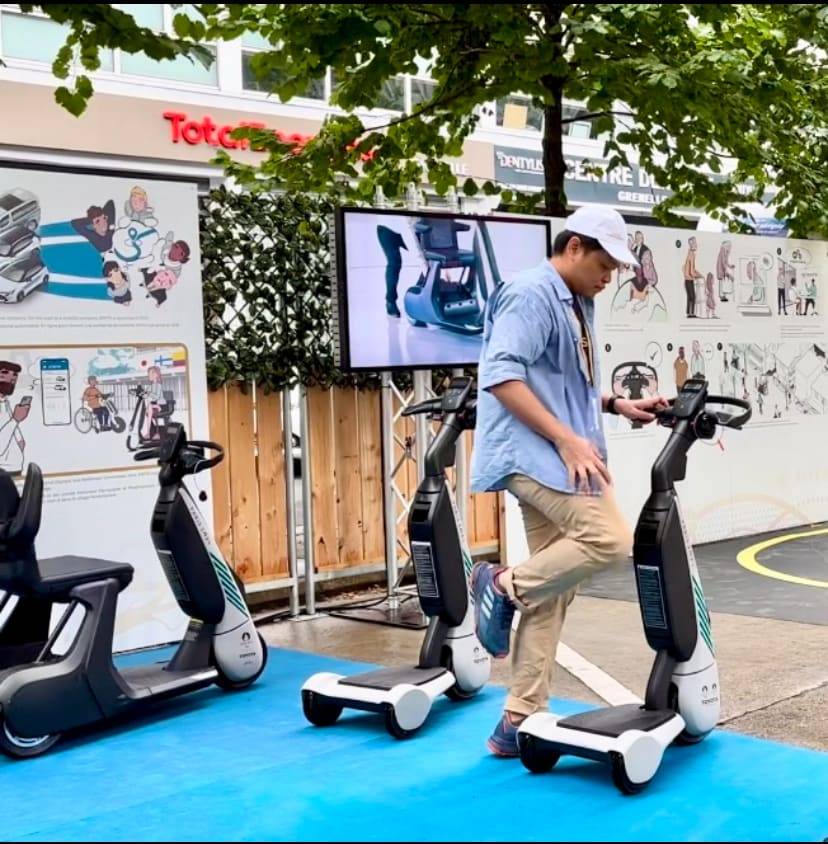
In a nutshell, that was how my roughly 48 hours in Paris was spent. Walking to venues relevant to my coverage, walking to people managing the BTS (behind the scenes) of the transport logistics for the Games, walking to the Seine River to watch the opening ceremonies, and then walking the same paths back to my hotel. All while French security forces were running about a la Tom Cruise fending off the bad guys.
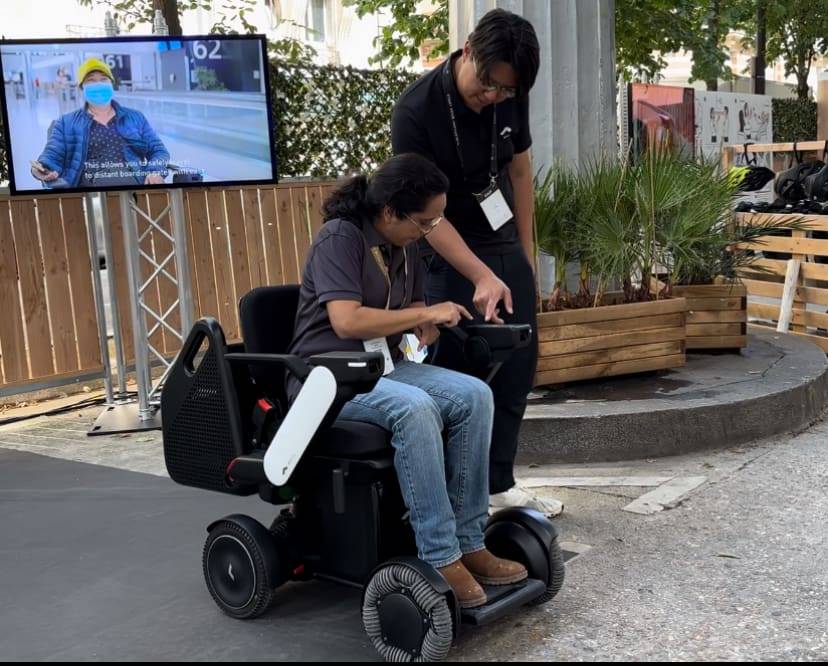
A couple of times, we dropped by the Inclusive Mobility Park and the Toyota House, both a stone’s throw from the iconic Eiffel Tower. The Inclusive Mobility Park is Toyota’s (and its partners’) compact devices and e-micromobility showcase for movement-constrained individuals.
There, we got to see up close the Japanese carmaker’s accessible people mover (APM) shuttle, C+Walk S, C+Walk T, Yosh-E, the hydrogen cartridge technology and a H2 cartridge-powered cargo bike with built-in freezer (which, to my delight, contained pints of vegan ice cream).
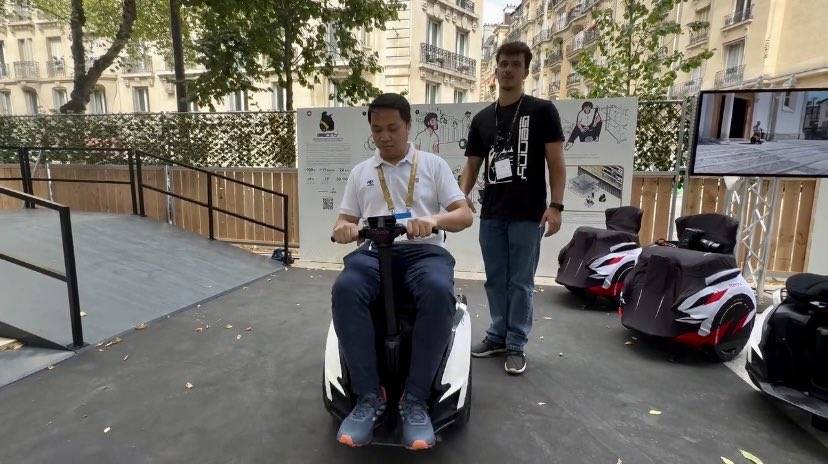
There were also Toyota-supported startups showing the self-balancing personal transporter Genny (which I got to try), and the first-of-a-kind wheelchair brake system by Eppur. Some of these devices will be used by the athletes during the Games. The Olympic Games, which started on July 26, will end on August 11, 2024; while the Paralympic Games will be held from August 28 to September 8, 2024.
The Toyota House, meanwhile, illustrates multiple technologies for the multipath strategy towards carbon neutrality, the carmaker’s history and its involvement in global sports through the years, and the athletes it supports all over the world, particularly the Global Team Toyota Athletes. Toyota has been the Olympics’ global mobility partner since 2015.
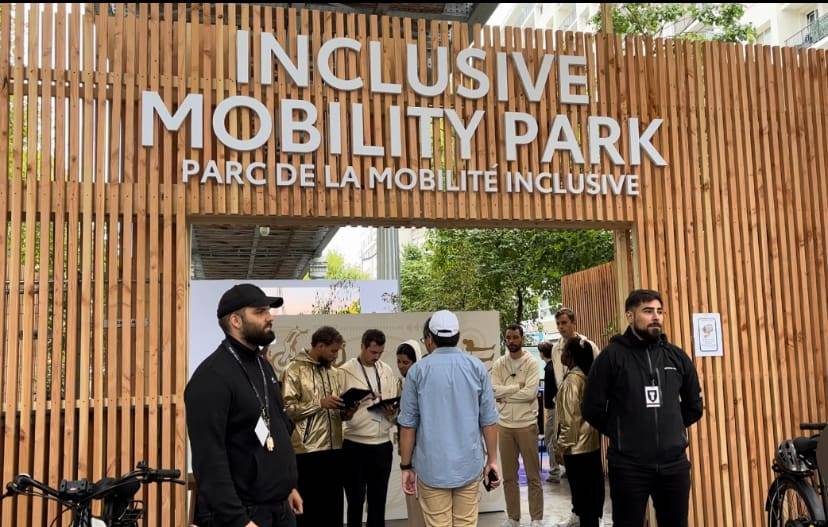
Like Edsa 1986
The walk from my hotel to the Seine River on July 26 felt more like our own Edsa People Power Movement in February 1986, that singular event in our history that was key in toppling a dictatorship. It was then called the “People Power” movement, which arguably inspired a similar wave of popular uprisings across the world.
But on this day, of course, the mood was more festive, despite the rains. The “people power” I was in at this time was a diverse mix of nationalities—Australians, Kazakhs, Israelis, Jordanians, Africans, and Singaporeans. And this was just within the Toyota group that I was bunched in.
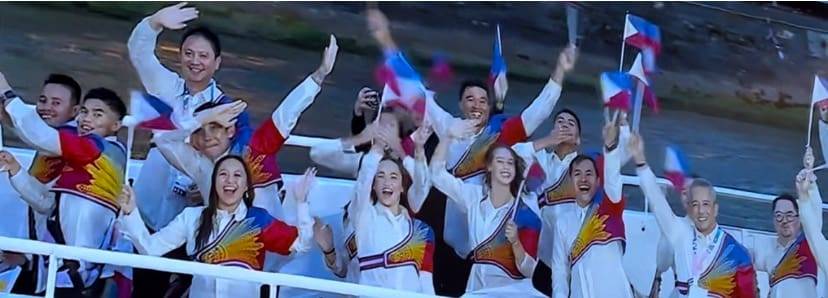
In a way, we were walking to help topple another global dictatorship—that of cars. This hour-long walk reminded us that without cars, we were actually more free to move about in the cities. Without cars, which still are predominantly powered by internal combustion engines, we are free to breathe pollution-free air.
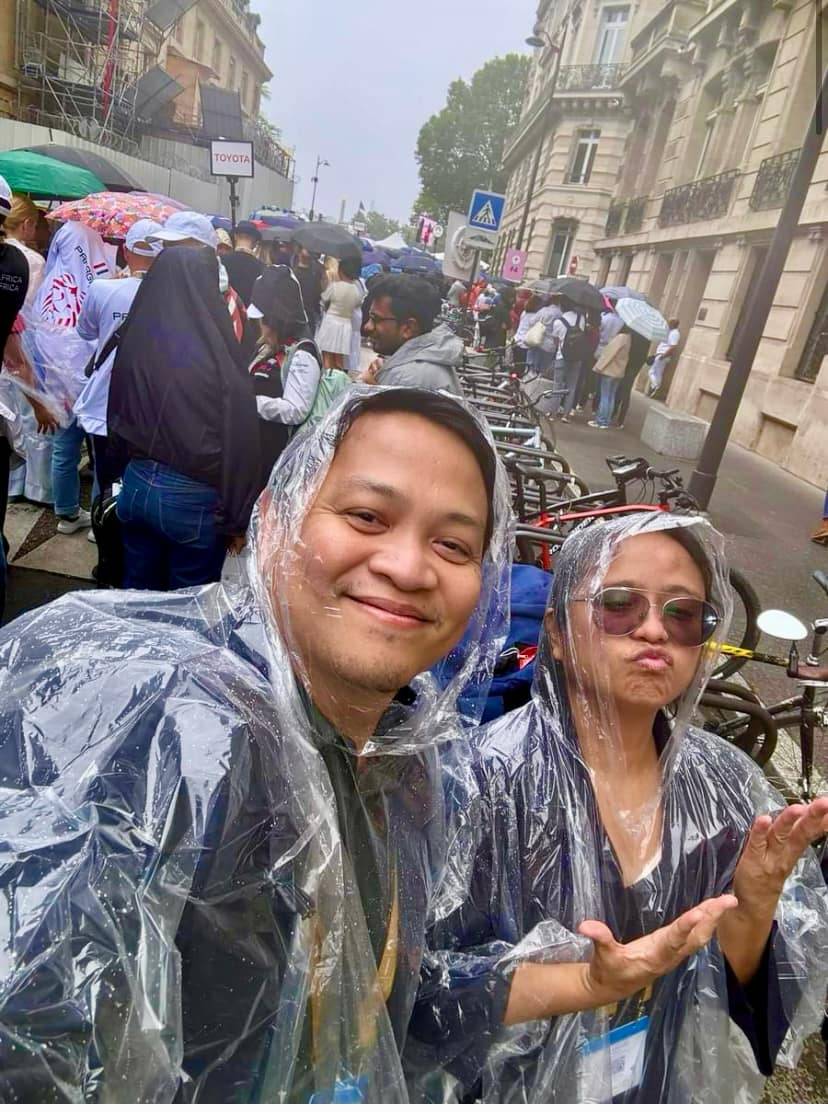
There have been observations that most transport emissions come from short trips in and around cities, with the ensuing congestion worsening the air pollution. I tend to agree with this. Global sustainability experts Owen Gaffney (based at the Potsdam Institute of Climate Impact Research and Stockholm Resilience) and Johan Rockstrom (director of the Potsdam Institute for Climate Impact Research) wrote in the book “Breaking Boundaries,” “Congestion in cities makes life miserable. Even people living in wealthy areas such as Silicon Valley and Los Angeles sit in traffic for hours a day. Economically, this is insanely inefficient and reduces quality of life. We do not need more cars on the road, even if they are electric.”
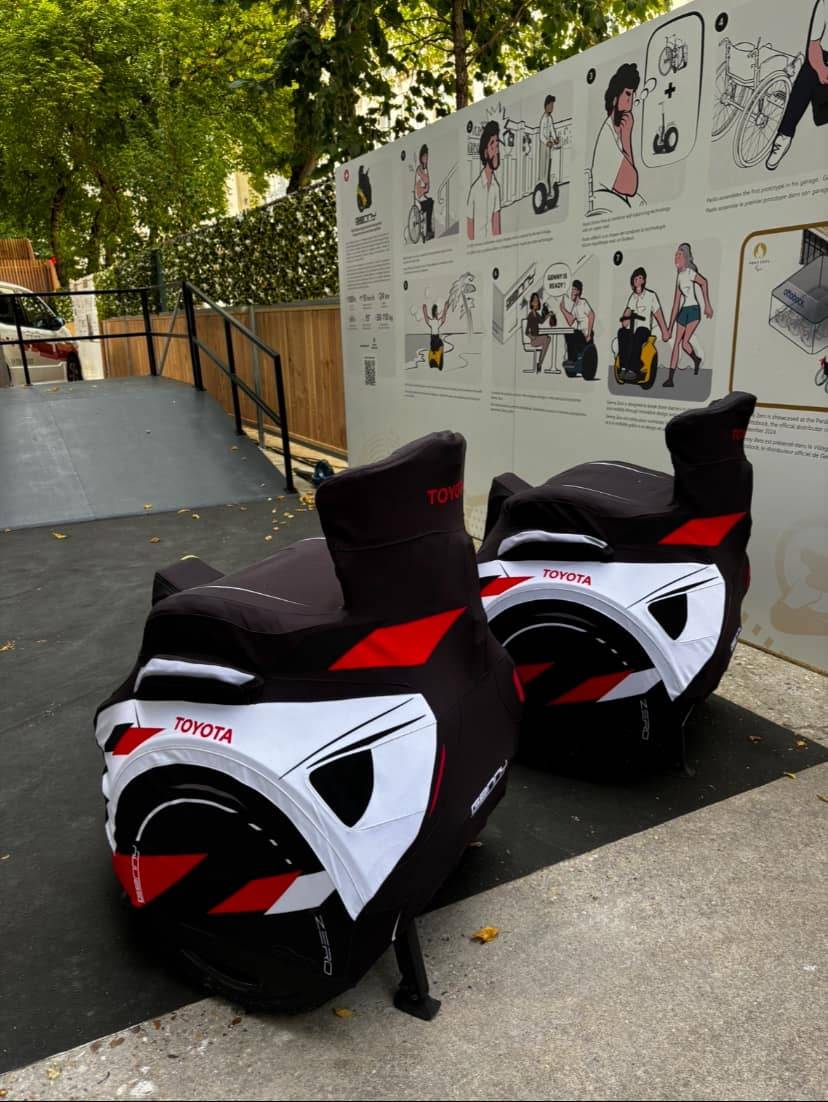
Where and when a particular destination can be reached by foot within an hour, I say, let’s walk. But often, in cities like Metro Manila where pedestrian-friendly walkways are very few and far between, that’s easier said than done. And for many others who have physical infirmities that limit their movement, vehicles are truly needed. That’s where Toyota’s showcased vehicles at the Inclusive Mobility Park come in.
I must have been on my feet or walked for over 6 hours during my 2-day stay in Paris. This must have been somewhat of a “climate karma” for me, since the flight between Manila, Dubai, and Paris (roundtrip) took a total of 30 hours. My carbon footprint was literally sky high.
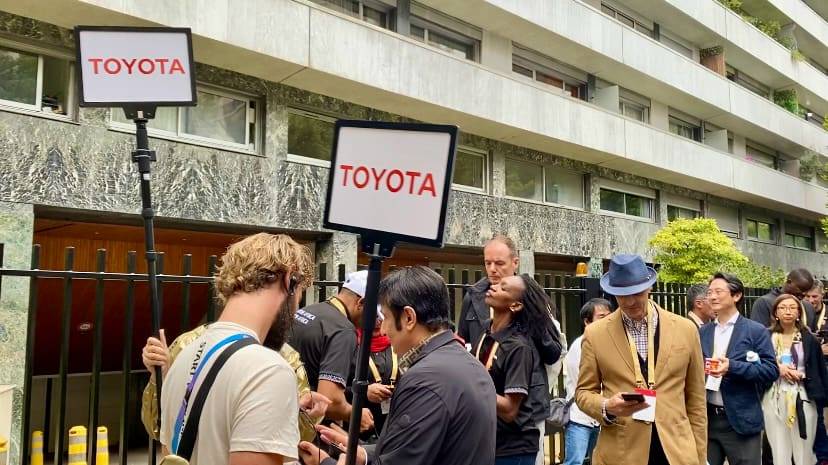
The trip was all worth it, however, because of many things: The Olympic opening ceremonies (a no-brainer, of course); the remarkable technologies Toyota as an inclusive mobility company revealed and put into action during the actual Olympics (as seen in the demos at the Toyota House and Inclusive Mobility Park); the magnificent view of the Seine River and the Eiffel Tower, and; the surprise visit of Gill A. Pratt, the chief scientist and executive fellow for research, and chief executive officer of the Toyota Research Institute. If there’s one person in Toyota who could make any Doubting Thomas a believer in its multipathway approach, Pratt’s the guy (see related story on Pratt’s 1:6:90 ratio).
In the meantime, do take frequent walks, and enjoy the freedom of moving about on your own two feet. It’s the cleanest way to move about, bar none.



